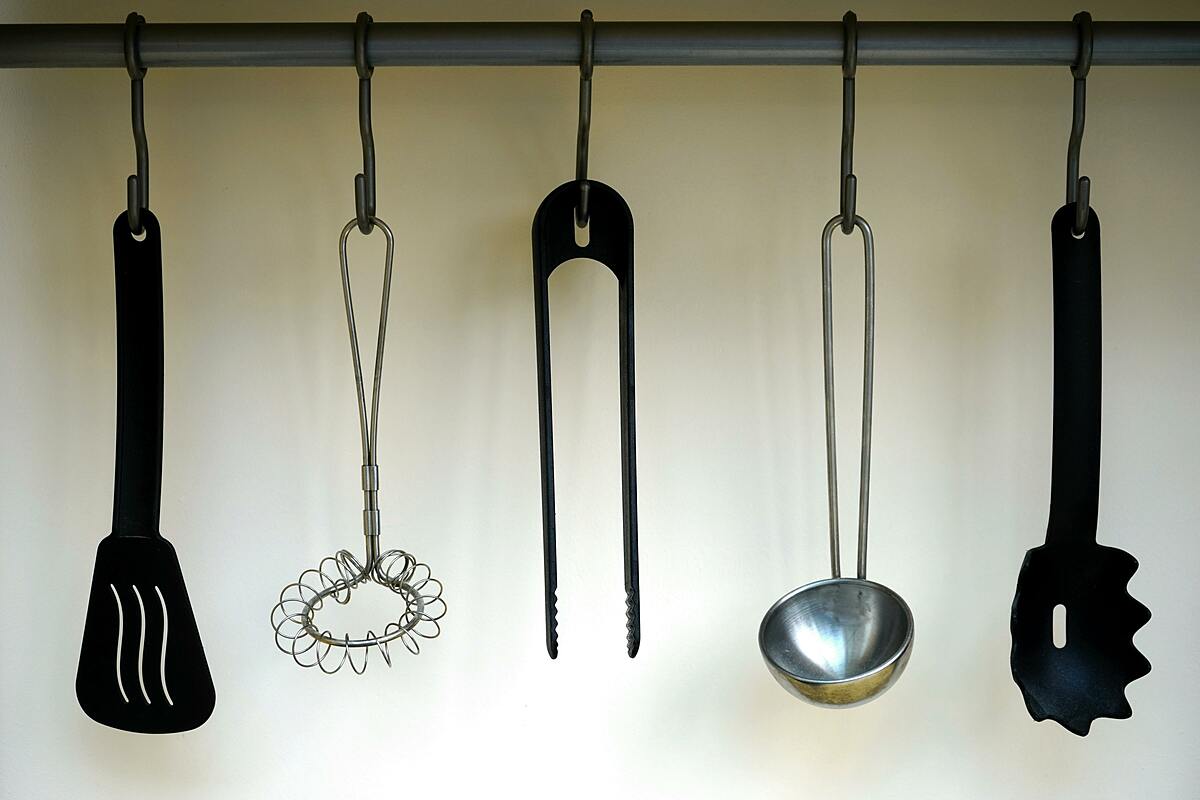A June study published in the journal npj Science of Food by the Food Packaging Forum, the Swiss Federal Institute of Aquatic Science and Technology, and the Norwegian University of Science and Technology compiled data from 103 previous studies on food contact articles (FCAs).
The study revealed that familiar kitchen items such as cutting boards, baby bottles, tea bags, plastic cups, plastic bottles, and trays can release microplastic particles into food. 173 entries noted microplastic leakage from plastic bottles, 115 from other containers, 68 from tea bags, 59 from cups, and 27 from baby bottles. Smaller numbers were linked to trays, packaging, and cutting boards.
Microplastics are plastic particles smaller than 5 mm in diameter, while nanoplastics are smaller than 1 micrometer. Both are invisible to the naked eye. These particles can be generated by friction or heat, such as when opening a bottle cap, cutting food on a cutting board, or steeping a tea bag in hot water.
Experts warn that microplastics not only circulate in the body but also accumulate in organs like the heart, lungs, brain, placenta, and even human waste. The long-term effects are still unclear, but evidence suggests these particles may be linked to cancer, stroke, memory loss, pregnancy complications, and hormonal disruptions.
 |
Many kitchen utensils can contain numerous microplastic particles that easily contaminate food. Photo: *Pexel* |
Additionally, microplastics disrupt gut microbiota, causing oxidative stress, inflammation, neurotoxicity, and impacting reproductive health.
"Minimizing exposure to microplastics and nanoplastics is crucial to reducing health risks," the authors recommend.
Experts have also warned against using plastic food containers in microwave ovens. Under the influence of heat, small plastic particles and additives like BPA and phthalate can leach out, increasing the risk of endocrine disorders, inflammation, and reproductive issues.
A 2023 study in Environmental Science & Technology found that every square centimeter of a plastic container's surface can release millions of micro and nanoplastics when microwaved. Experts recommend using glass, ceramic, or stainless steel containers instead of plastic to limit exposure to microplastics in daily life.
Thuc Linh (*Daily Mail*)












